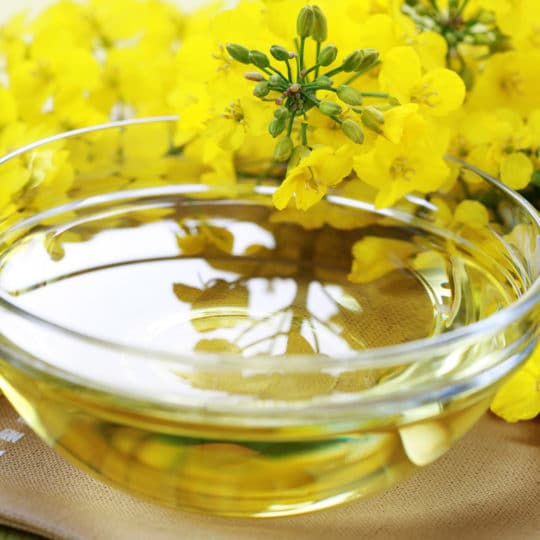How to Use Diatomaeous Earth
To Filter BioDiesel and Edible Oils

Filtration is the separation of solids from liquids, often by forcing fluid to flow through a porous medium. This process is important for oils, both biodiesel and edible. Solids found in biodiesel oils can clog fuel filters and stop the flow of fuel to the engine, so it is standard to filter these products. Edible oils are often filtered because unfiltered products appear unclean. (Although, some edible oil manufacturers appreciate the particles left in the oils because it makes it seem like a more natural product.)
Oil can be filtered in different ways, depending on the clarity you desire for the final product and the ease of use versus productivity you require. Options include:
- Settling: Settling includes letting the oil sit, which separates the particles from the oil. While inexpensive and simple, this process does not provide thorough filtration.
- Bag filters: As the name sounds, bag filtering involves passing fluid through a bag that captures the particles.
- Cartridge filters: This filter is a depth filter, meaning it makes its way through many layers of filtering, where there are plenty of places for particles to be caught and held.
- Filter Press: A filter press is made up of a number of plates that are each covered with a porous fabric coated with a thin layer of filter media, like diatomaceous earth, which traps particles while allowing fluid to flow freely.
Diatomaceous Earth for Filtering Oils in a Filter Press
Using a filter media is important because it prevents the cloths used in a filter press from being blinded, which happens when too many particles are collected and oil can no longer pass through. Diatomaceous earth, also known as diatomite and DE, is the naturally occurring fossilized remains of diatoms—single-celled aquatic algae. Diatomite consists of billions of minute silica frameworks, making it an ideal filter media. It is considered GRAS (Generally Regarded As Safe) for filtering edible products.
To prepare the filter press for filtering, a mixture of clean vegetable oil and diatomaceous earth is pumped quickly into a stack of cloth-covered plates pressed tightly together. This mixture deposits the filter media onto the cloth, creating a buildup of about 1/16″.
- For a 1/16″ buildup on the plates, use 68 grams of diatomaceous earth per square foot of filtering cloth area.
- The quantity of oil to use is determined by the volume of oil held in the press. The press manufacturer often provides specifications for this.
Once the plates are coated with diatomaceous earth, you can start filtering the oil to be cleaned.
- The filter press pump holds constant pressure on the oil/sediment slurry being filtered. Do not let the pressure of the filter press drop to zero when switching from one source to another because it is possible for the filtering media to slough off and drop to the bottom of the filter press cavity.
Filter media can also be added to the bulk of the oil being processed before it passes through the filter press. This increases the time it takes for the liquid to be filtered.
If you’d like to learn more about using minerals for filtration, download our free e-book A World of Filtration Experience today.
Meet with Members of Our Commercial Team at the Aocs Conference.
Come visit our team at the 2019 AOCS conference in St. Louis, MO, May 5th through 8th learn more about diatomaceous earth’s role in biodiesel and edible oil filtration. If you can’t come to meet us in person, call us today at 866-728-3303 to speak with one of our knowledgable representatives and request a free sample.
Join Our Mailing List
Our blog offers insight and information about new and exciting uses for perlite, diatomaceous earth, and vermiculite deriving from years of research and application. From passive fire resistance to mineral depth filtration, by subscribing to our mailing list, you will receive the latest information surrounding the Dicalite, Dicaperl, and Specialty Vermiculite brands and products.

A World of Filtration Experience
A free eBook about using diatomaceous earth, perlite, and cellulose for depth filtration. In this guide, you’ll learn:
- What makes a good filtration medium
- Your filtration options
- And how to use these filtration mediums